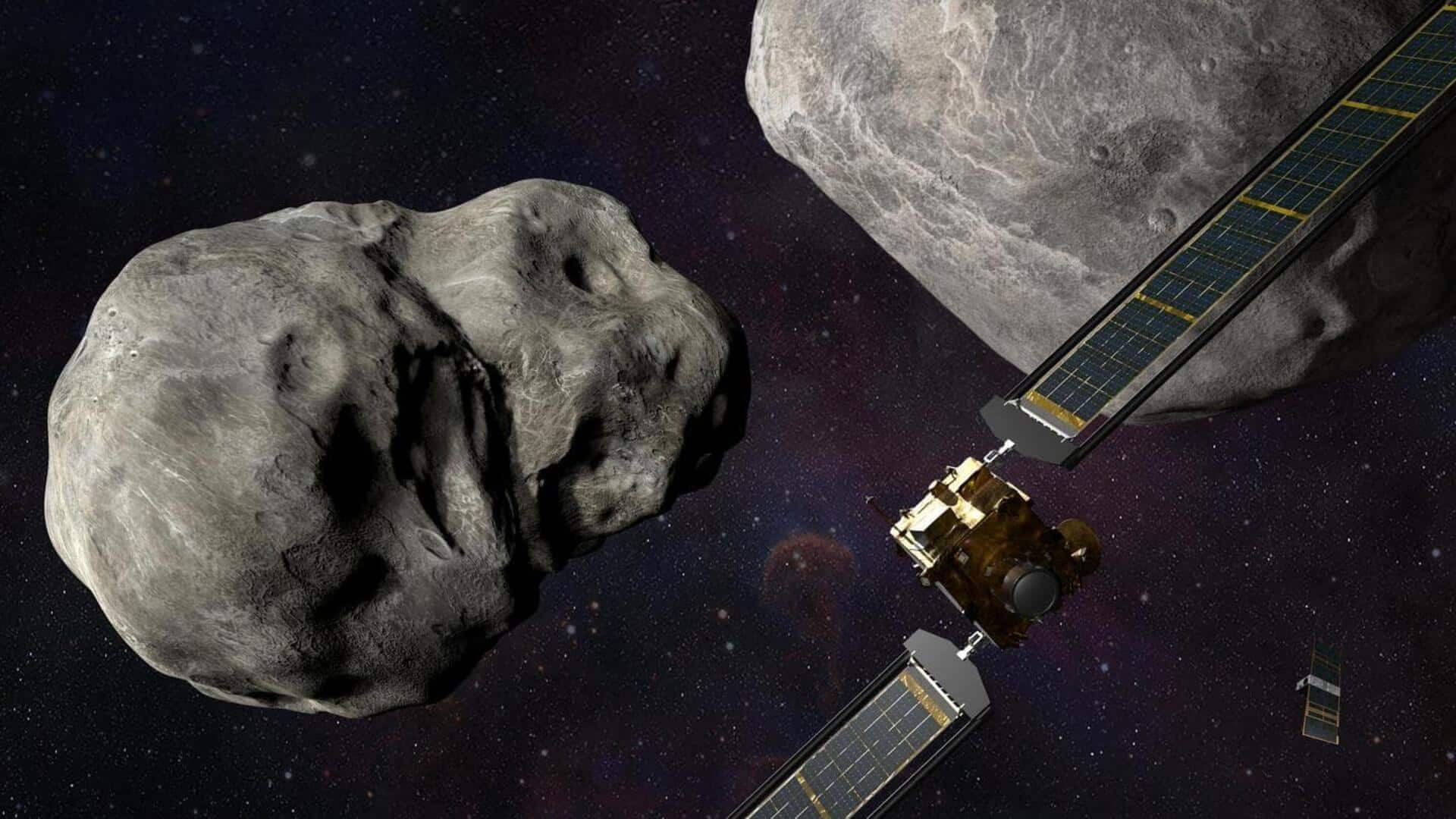
SpaceX launches 'Hera' mission to study asteroid deflected by NASA
What's the story
The European Space Agency (ESA)'s Hera mission has successfully been launched. Despite challenging weather conditions, the launch took place on Monday at 10:52am EDT (8:22pm IST) from Cape Canaveral Space Force Station in Florida. The spacecraft was carried into space by a SpaceX's Falcon 9 rocket, marking the start of its journey to the binary asteroid system Didymos.
Asteroid investigation
Hera's mission to examine NASA's DART impact
The main goal of the Hera mission is to study the aftermath of NASA's Double Asteroid Redirect Mission (DART). Back in September 2022, DART crashed into Dimorphos, Didymos's smaller companion, on purpose. The crash changed the orbit of Dimorphos and demonstrated a possible planetary defense strategy against future asteroid threats. Now, Hera will study these changes caused by DART up close.
Post-launch success
Successful separation and signal acquisition
About 76 minutes after liftoff, Hera successfully separated from the upper stage of its Falcon 9 rocket. The spacecraft then contacted the ground control, confirming its successful launch and journey toward Dimorphos. Alan Fitzsimmons, a member of the Hera science team board, expressed relief at this development saying, "We've got a working spacecraft." "We're now going back to Didymos and Dimorphos, we'll make those measurements and we'll make the world a safer place from the impact of asteroids," he added.
Booster retirement
SpaceX's Falcon 9 booster retires after Hera launch
The Falcon 9 first stage didn't return to Earth for landing after launching Hera. Instead, all its fuel was used for the mission, marking the end of its service. This was the 23rd flight of the Falcon 9 booster, called Booster 1061. It had previously launched several missions including Starlink and NASA astronaut flights. John Insprucker, principal integration engineer at SpaceX, bid farewell to the booster post-separation. "Farewell, 1061, and we thank you," Insprucker said.
Mission details
Hera's journey and objectives
The $398 million (roughly ₹2,980 crore) Hera spacecraft is expected to arrive at Dimorphos in late 2026. It will closely examine the crater left behind by DART and verify any changes to the Moon. Two smaller cubesats, Milani and Juventas, are also accompanying Hera to study Dimorphos's structure, surface minerals, and gravity. This information will help refine models for future asteroid defense strategies.